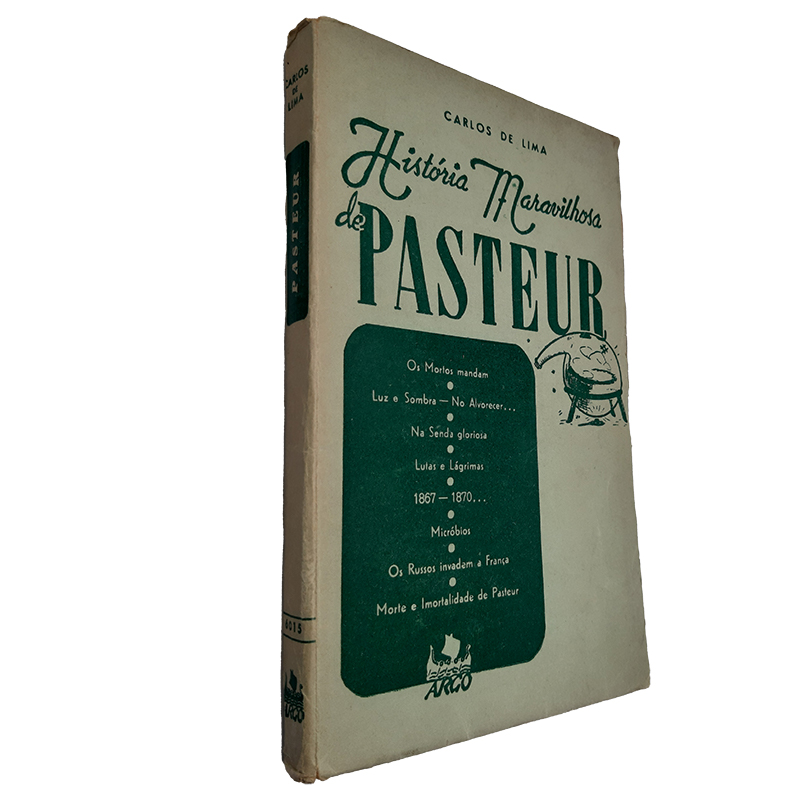

His name is Lamentor, a suitable name his wife is Belisa and Aónia, her sister. Once upon a time a wandering knight is travelling with his wife and her sister in far off lands. A common refrain, “Weep much and curse the day I was born.” p. That lady tells how difficult it is for women to bear the longing for the past, even worse, they bear it even more on behalf of their men folk.

In her grief, she tells of her sadness to an older lady. The story begins when a fair maiden hears the plaintive song of the nightingale, then it falls dead from its song. Published in 1554, we are plunged into the days of wandering knights and fair maidens. Moreover, it often carries a repressed knowledge that the object of longing might never be had again.”Ī medieval love story gets the ball rolling. What is saudades? Quoting Wikipedia,”Saudade is a deep emotional state of nostalgic or profound melancholic longing for something or someone that one cares for and/or loves. Recently while driving home, I heard John Estacio’s piece, “Saudades” on the radio. That's the first in Portuguese literature to detach itself relatively from the conventions of contemporary fiction to assume the status of the female narrative of loneliness and longing, and intelligent and thorough analysis of the text of loving feeling, in its dedicated and painful aspect of consecration.

Love, nature, change and distance are the semantic constants of this book. Aónia and Bimuarder, Arima and Avalor, insistent developments of the same and infinite pain of constant amorous mismatches. Place and change become poles of a common loving nostalgia and the fatalism of suffering, making the stories interspersed, e.g. The text represents a convergence of fictional topics, both in terms of literary history and in terms of content (through conversion to a meeting place, feminine and melancholy, from the Little Girl with a Lady, with whom she discusses stories of unhappy loves, which intertwined in the central action of fiction). Century: 1554 (Ferrara, with the title História de Menina e Moça), 1557-58 (Évora, with the title Saudades) and 1559 (Cologne, from the 1st edition), including the 2nd edition, an extension, which usually accepted as being of the author, until the chapter XXIV. Menina e Moça, a Bernardim Ribeiro's novel, published three times in the 16th.


 0 kommentar(er)
0 kommentar(er)
